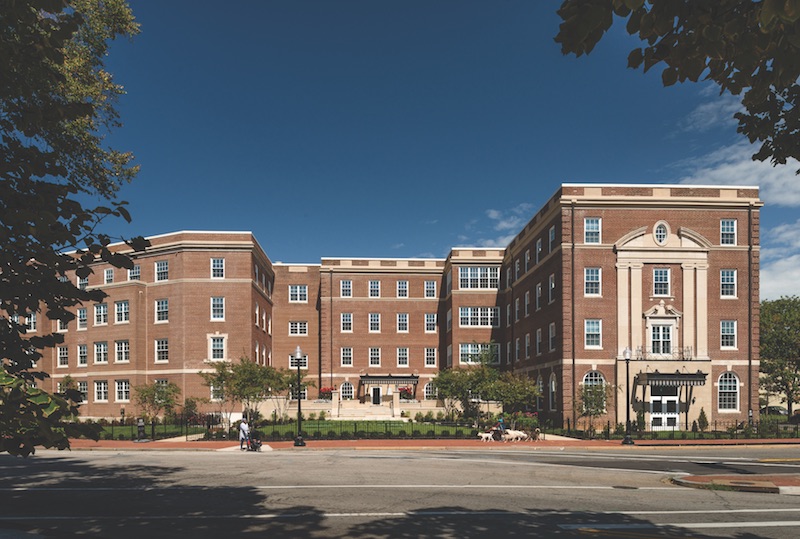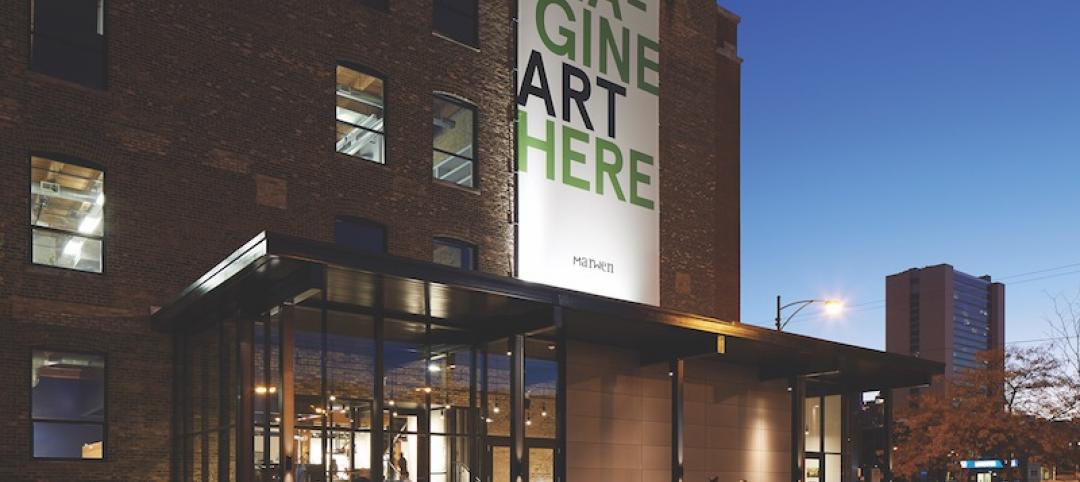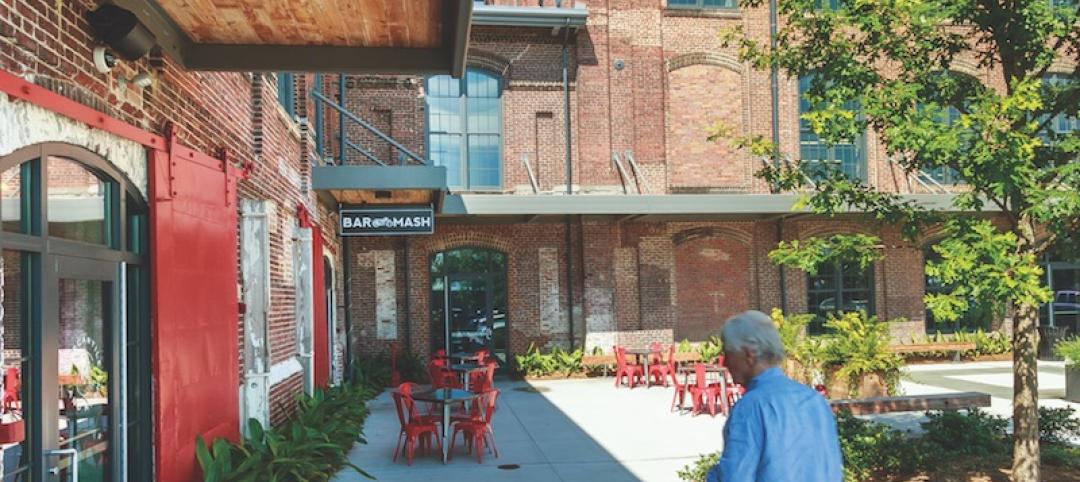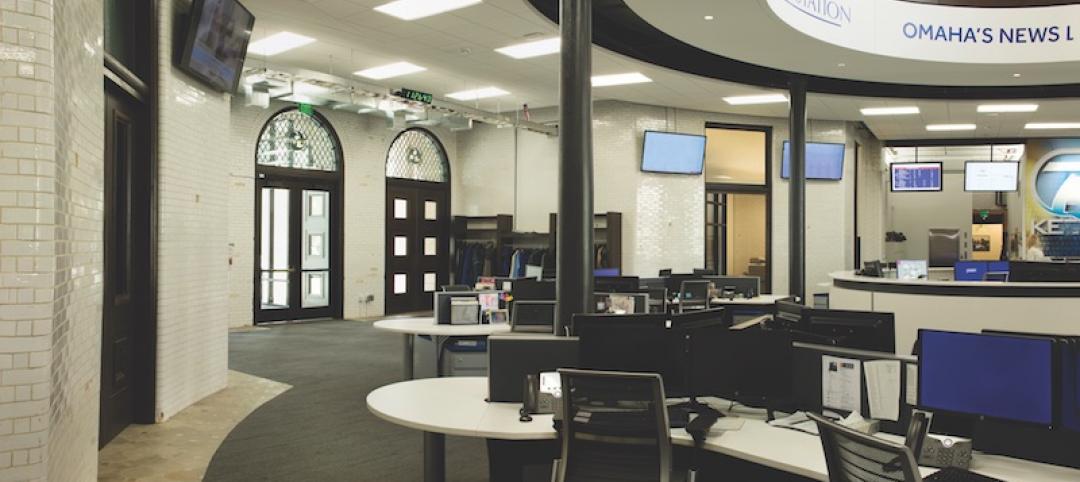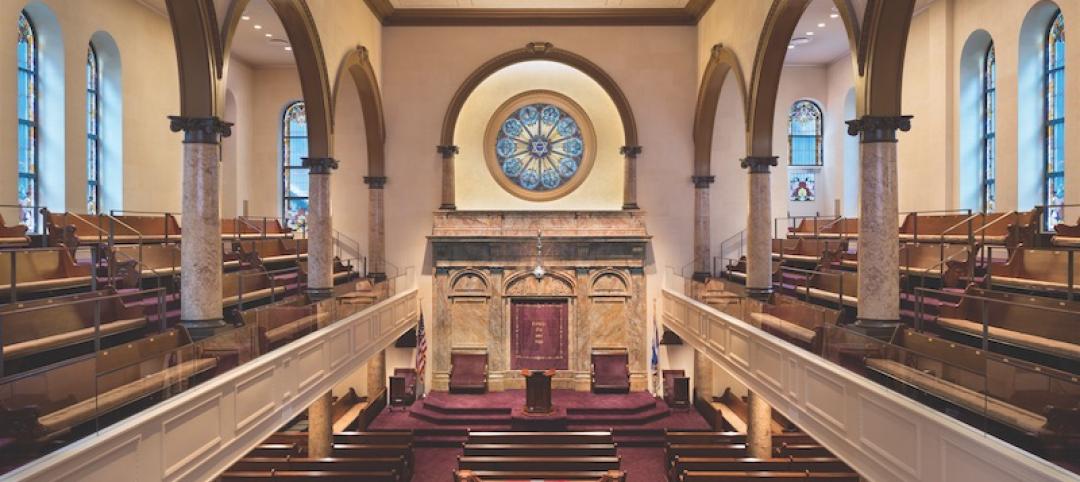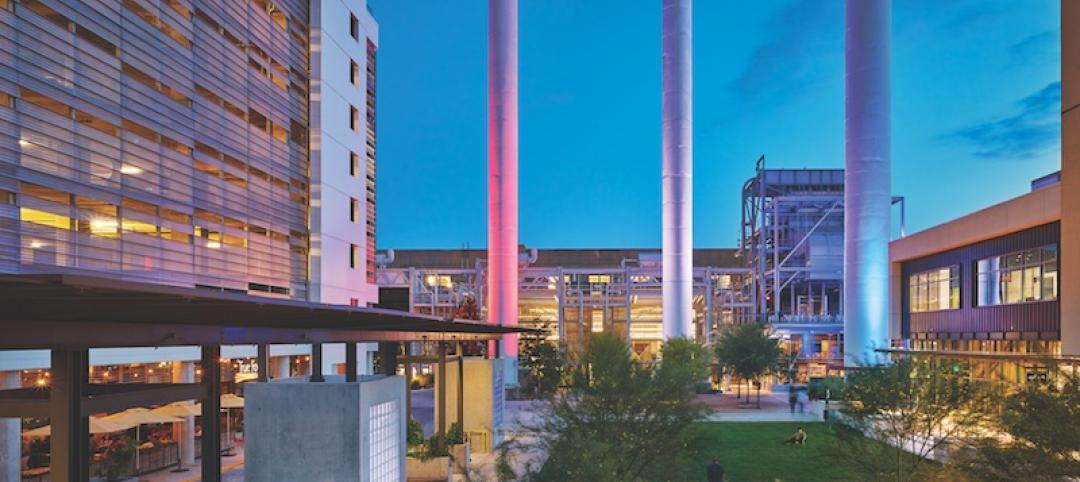Two decades is a long time for a hospital to sit, unused, with no future. Yet, there sat the 1920s-era hospital building in the heart of Washington, D.C.’s Capitol Hill neighborhood. Until an enterprising development team, led by Urban Structures, Borger Management, and Ronald D. Paul Companies, proposed an unusual plan to convert the 140,000-sf, four-story hospital into a luxury apartment building. As wild as it sounds, the $45 million plan worked, and the building’s first residents moved in early last year.
But the road from start to finish was a rocky one. It involved a complete roof-to-basement renovation of the building, delicate structural underpinning work to support two levels of below-grade parking, sensitive preservation work that needed Historic Preservation Review Board approval, and the design and construction of a world-class multifamily facility fitting of the neighborhood.
Called 700 Constitution, the complex houses 139 units (studio, one-, and two-bedroom), with an outdoor courtyard, fitness center, community room, yoga studio, e-lounge, and a package delivery system. A rooftop garden with bio retention, deck, and grilling area offers views of the U.S. Capitol dome and the Supreme Court.
The existing floors, with their double-loaded corridor and standard patient room depths, did not provide the apartment plan required in today’s rental market. The solution involved relocating the building’s corridor outside of the column-defined circulation pattern by adding a steel-frame and concrete structure on the rear of the building. This shift also allowed the team to add balconies to the rear façade of the building, which was not highly scrutinized by the preservation boards.
Each day of the 18-month demolition process presented a new obstacle to the design concept, most unforeseen. The demolition process exposed four different structural systems in varying states of soundness. Former exterior masonry walls with Palladian-style windows were uncovered intact, sandwiched between walls of later construction. This is just a taste of what the team faced and overcame to complete this award-winning project.
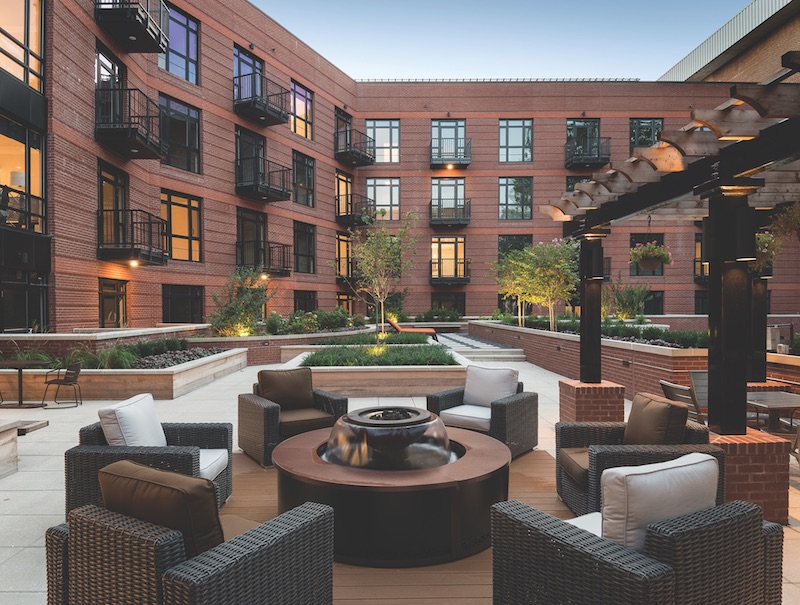
Bronze Award Winner
BUILDING TEAM Architecture, Inc. (submitting firm, architect) 700 LLC (developer) RD Jones & Associates (interior architect) Cagley & Associates (SE) FACE Associates (MEP) Donohoe Construction (GC) DETAILS 140,000 sf Total cost $45 million Construction time October 2013 to July 2017 Delivery method Design-bid-build
CLICK HERE TO GO TO THE 2018 RECONSTRUCTION AWARDS LANDING PAGE
Related Stories
Reconstruction Awards | Nov 16, 2016
Reconstruction Awards: Marilyn I. Walker School of Fine and Performing Arts, Brock University
The five-story brick-and-beam structure is an adaptive reuse of the Canada Hair Cloth Building, where coat linings and parachute silks were once made.
Reconstruction Awards | Nov 16, 2016
Reconstruction Awards: Marwen
Marwen currently offers 100 studio courses to 850 underserved students from 295 schools and 53 zip codes.
Reconstruction Awards | Nov 16, 2016
Reconstruction Awards: The Cigar Factory
The Cigar Factory was originally a cotton mill but became the home of the American Cigar Company in 1912.
Reconstruction Awards | Nov 16, 2016
Reconstruction Awards: St. Patrick's Cathedral
The cathedral, dedicated in 1879, sorely needed work.
Reconstruction Awards | Nov 15, 2016
Reconstruction Awards: Lovejoy Wharf
After demolishing the rotten wood wharf, Suffolk Construction (GC) built a new 30,000-sf landscaped quay, now known as Lovejoy Wharf.
Reconstruction Awards | Nov 15, 2016
Reconstruction Awards: KETV-7 Burlington Station
The 1898 Greek Revival train terminal, which was listed on the National Register of Historic Places in 1974, had been abandoned for nearly four decades.
Reconstruction Awards | Nov 14, 2016
Reconstruction Awards: The Gallery at the Three Arts Club
On the exterior of the building, masonry and terra cotta were revitalized, and ugly fire escapes on the south façade were removed.
Reconstruction Awards | Nov 14, 2016
Big-box store rescaled to serve as a preventive-care clinic
The hospital was attracted to the big box’s footprint: one level with wide spans between structural columns, which would facilitate a floor plan with open, flexible workspaces and modules that could incorporate labs, X-ray, ultrasound, pharmacy, and rehab therapy functions.
Reconstruction Awards | Nov 14, 2016
Fire-charred synagogue rises to renewed glory
The blaze left the 110-year-old synagogue a charred shell, its structural integrity severely compromised.
Reconstruction Awards | Nov 11, 2016
Adaptive reuse juices up an abandoned power plant
The power plant was on the National Register of Historic Places and is a Recorded Texas Historic Landmark.


